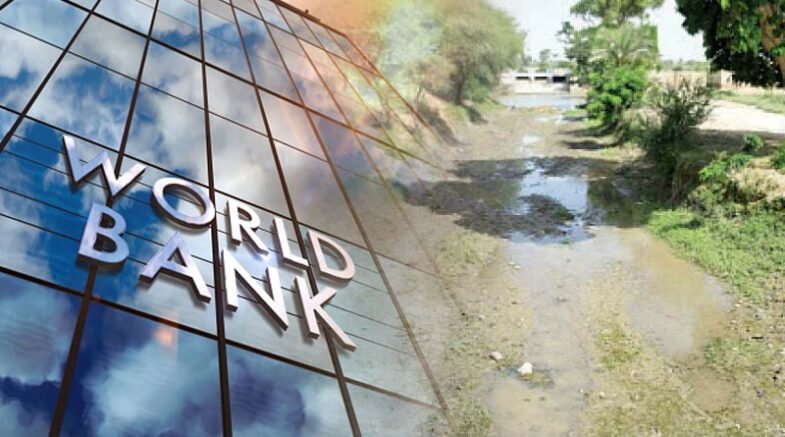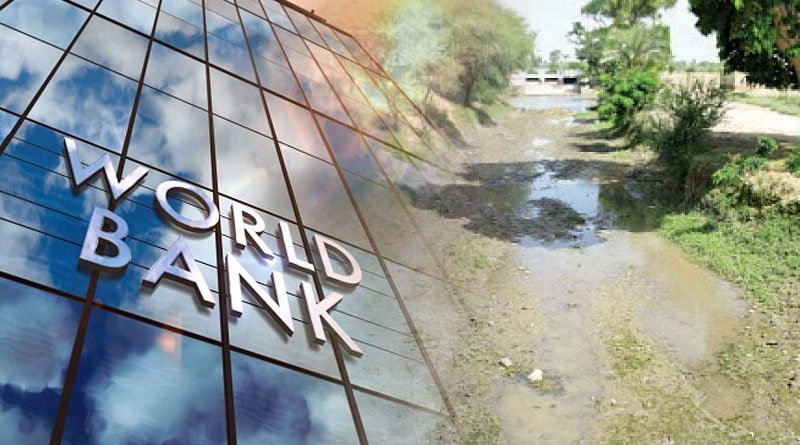SWAT Project would not only support ongoing irrigation system reforms but would also introduce the concept of canal modernization, said Greg Browder.

Greg Browder, Project Head of World Bank’s Sindh Water and Agriculture Transformation (SWAT), expressed hope on Tuesday that the project would play an important role in improving the province’s irrigation system.
Browder said at the project’s inauguration at the Sindh Irrigation and Drainage Authority (SIDA) office here that the SWAT Project would not only support ongoing irrigation system reforms but would also introduce the concept of canal modernization.
SIDA’s Managing Director, Preetam Das, stated that after much struggle, the Sindh government and the WB were going to launch SWAT, and that this was possible due to collaboration between the Sindh government, the WB, and the Food and Agriculture Organization (FAO).
He stated that SIDA’s environment wing prepared the project’s social and environmental components and obtained provincial government approval.
Francois Onimus, the project’s co-team leader, stressed the importance of better coordination among the various departments so that farmers and the economy can benefit from improved irrigation and agriculture management.
Hidayatullah Chhajro, Director General of Sindh Agriculture Extension, SIDA’s General Manager Transition, Ghulam Mustafa Ujjan, and the World Bank’s Olivier Durand, Tiziana Smith, and Anita Takura also spoke out.
The Sindh Water and Agriculture Transformation (SWAT) project is a development project implemented by the Government of Pakistan with support from the World Bank. The project aims to improve the management and distribution of water resources in the Sindh province of Pakistan and to promote increased productivity and income for smallholder farmers in the region.
The project focuses on the rehabilitation of existing irrigation and drainage systems, the construction of new water infrastructure, and the improvement of water management practices.
Additionally, the project also aims to strengthen the capacity of local institutions responsible for water resource management and promote increased community participation in the management of water resources. The project is expected to benefit around 1.5 million people through the improved availability and distribution of water for irrigation and other uses.
